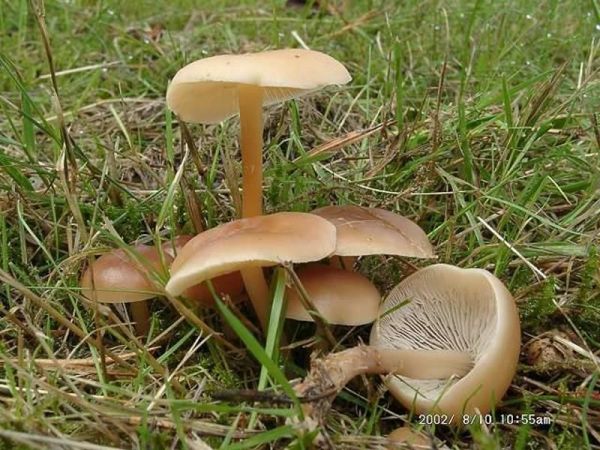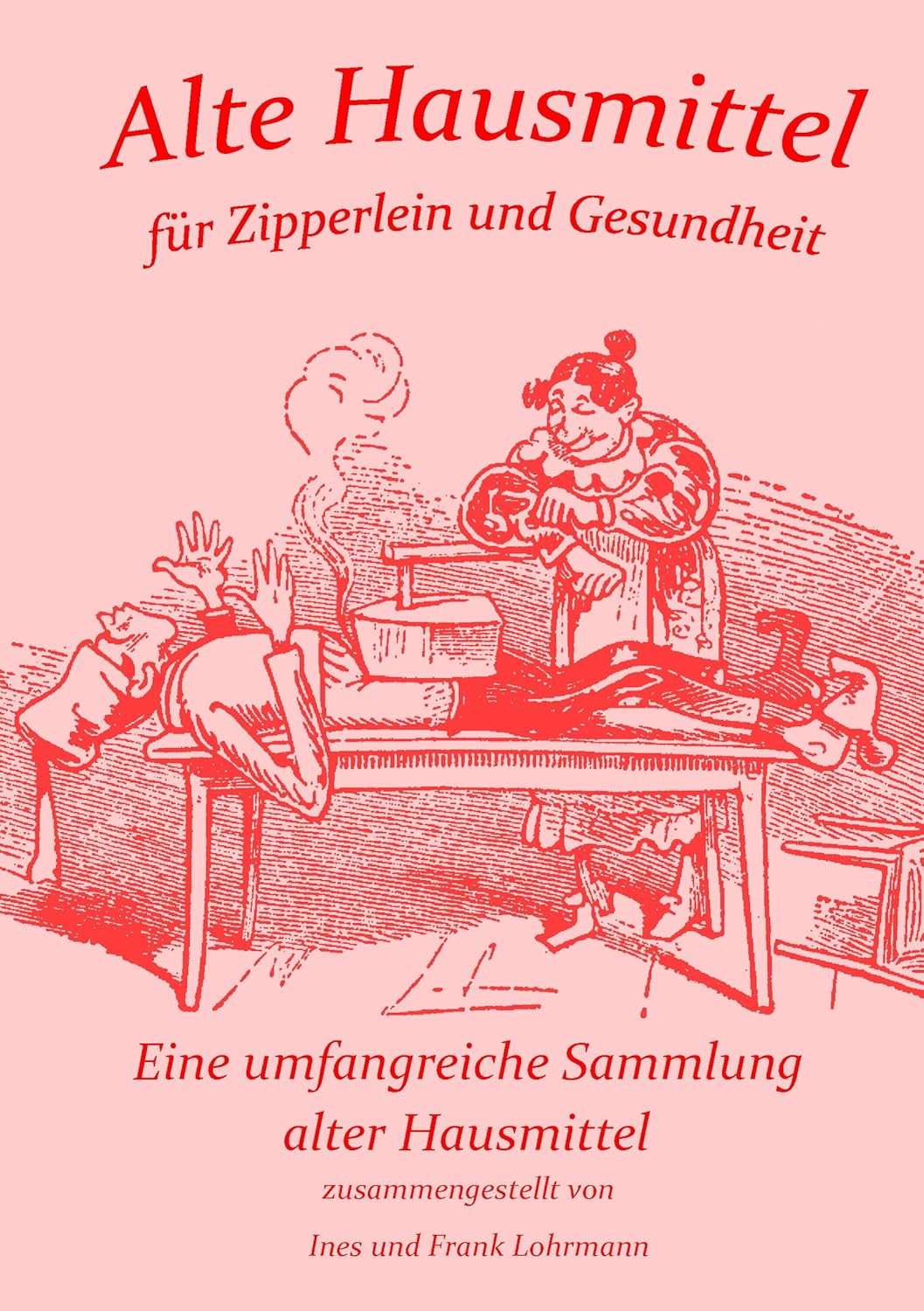Waldfreund-Blasssporrübling - Gymnopus dryophilus

Autor: (Bull.) Murrill
Trivialnamen Deutsch:
Waldfreund-Blasssporrübling
Waldfreund-Rübling
Waldfreundrübling
Synonyme:
Agaricus dryophilus Bull. 1790
Collybia aquosa var. dryophila (Bull.) Krieglst. 2000
Collybia dryophila (Bull.) P. Kumm. 1871
Collybia dryophila var. alvearis Cooke 1908
Collybia dryophila var. aurata Quél. 1886
Marasmius dryophilus (Bull.) P. Karst. 1889
Marasmius dryophilus var. alvearis (Cooke) Rea 1922
Marasmius dryophilus var. auratus (Quél.) Rea 1922
Omphalia dryophilus (Bull.) Gray 1821
Agaricus dryophilus subsp. lupuletorum (Weinm.) Weinm.
Agaricus dryophilus var. caespitis Berk.
Agaricus dryophilus var. lupuletorum (Weinm.) Weinm.
Agaricus dryophilus var. ochraceus J.Kickx f.
Agaricus lupuletorum Weinm.
Collybia aquosa subsp. dryophila (Bull.) Krieglst.
Collybia dryophila (Bull.) P.Kumm.
Collybia dryophila subsp. alvearis Cooke
Collybia dryophila subsp. aurata Quél.
Collybia dryophila var. depressa Raithelh.
Collybia dryophila var. griseonigricans De Seynes
Collybia dryophila var. griseonigricans De Seynes ex Sacc.
Collybia dryophila var. minor Bres.
Collybia dryophila var. oedipoides Singer
Collybia dryophila var. parvispora Raithelh.
Collybia dryophila var. peronota Bres.
Collybia dryophila var. steinmannii Raithelh.
Collybia dryophila var. vernalis Schulzer & Bres.
Collybia dryophila var. xanthochroa R.Schulz
Collybia lupuletorum (Weinm.) P.Karst.
Collybidium dryophilum (Bull.) Murrill
Marasmius dryophilus (Bull.) P.Karst.
Marasmius dryophilus subsp. alvearis (Cooke) Rea
Marasmius dryophilus subsp. auratus (Quél.) Rea
Marasmius lupuletorum (Weinm.) Bres.
Omphalia dryophila (Bull.) Gray
Hut: jung konvex, bald flach ausgebreitet, manchmal leicht gebuckelt, Rand jung eingebogen, alt wellig aufgebogen, glatt hygrophan, feucht ockergelb bis ockerbraun, trocken blasser, Rand heller als das Zentrum.
Lamellen: weisslich bis cremeweiss, ziemlich dicht, aufsteigend, fast angewachsen
Fleisch: wässerig cremefarben.
Stiel: hohl, zur Basis manchmal erweitert sonst zylindrisch, kahl, knorpelig, wie der Hut gefärbt, Spitze heller, Basis mit weissen Mycelfäden behangen
Vorkommen: im Laubwald und Nadelwald, gern bei Eichen, auf Holzresten, oft büschelig, Sommer bis Herbst.
Geruch: säuerlich (nach frisch gesägtem Holz, grasartig).
Geschmack: mild.
Sporen: Sporenpulver weiss.
Speisewert:
essbar
Für volle Auflösung bitte auf da Bild klicken:
|
|
|
|
|
Bild 2 © (2) Jens H. Petersen/MycoKey
Bild 3 © (3) Jens H. Petersen/MycoKey
Bild 4 © (4) Dr. Amadej Trnkoczy
Bild 5 © (5) Dr. Amadej Trnkoczy
Abmessungen:
Hutbreite: 2.00 ... 6.00 cmStiellänge: 2.00 ... 7.00 cm
Stieldurchmesser: 0.30 ... 0.60 cm
Sporenmaße Länge x Breite: 4.30 - 7.00 x Breite: 2.70 - 4.00 µm
Hut
Hutform:
 halbkugelig, schirmförmig, gewölbt
halbkugelig, schirmförmig, gewölbt
 eingedrückt, trichterförmig
eingedrückt, trichterförmig
 ausgebreitet, flach
ausgebreitet, flach
Hutoberfläche:
 glatt
glatt
 trocken
trocken
Hutrand:
 glatt
glatt
 gerieft, gezahnt, wellig
gerieft, gezahnt, wellig
Hutfarbe:
 creme, gelb
creme, gelb
 gelb, gelblich
gelb, gelblich
 hellbraun, braun, gelbbraun, rotbraun,
hellbraun, braun, gelbbraun, rotbraun,
 hygrophan
hygrophan
Lamellen bzw. Röhren
Lamelen bzw. Röhren:
 Lamellen
Lamellen
Lamellenfarbe:
 weiß, weißlich
weiß, weißlich
 creme, ocker
creme, ocker
Lamellen- bzw. Röhrenansatz und Form:
 fast frei, angeheftet, schmal angewachsen
fast frei, angeheftet, schmal angewachsen
 Lamellen bzw. Röhren mittel entfernt
Lamellen bzw. Röhren mittel entfernt
 Lamellen bzw. Röhren dicht, dicht gedrängt, eng aneinander
Lamellen bzw. Röhren dicht, dicht gedrängt, eng aneinander
 Aussenschicht bzw. Schneide glatt
Aussenschicht bzw. Schneide glatt
 Lamellen bzw. Röhren nicht leicht ablösbar
Lamellen bzw. Röhren nicht leicht ablösbar
Stiel und Stielbasis
Stielgröße:
Länge: 2.00 cm ... 7.00 cmDicke: 0.30 cm ... 0.60 cm
Stiel und Farbe:
 Stielfarbe wie Hutfarbe
Stielfarbe wie Hutfarbe
 creme, gelb
creme, gelb
 hellbraun, braun, gelbbraun, rotbraun,
hellbraun, braun, gelbbraun, rotbraun,
Stielkonsistenz
äStielform, Stielbasis
 Stiel zylindrisch, gleichförmig dick
Stiel zylindrisch, gleichförmig dick
 Büschelig dicht wachsend oder Basis büschelig verwachsen
Büschelig dicht wachsend oder Basis büschelig verwachsen
Stieloberfläche:
 glatt, kahl, bereift
glatt, kahl, bereift
Ring:
 ohne Ring oder Ringrest
ohne Ring oder Ringrest
Fleisch
 dünn
dünn
 dick
dick
 weich, schwammig
weich, schwammig
Geruch und Geschmack
Geruch:
 säuerlich, obstartig
säuerlich, obstartig
 anders
anders
Geschmack:
 unauffällig, unbedeutend
unauffällig, unbedeutend
Vorkommen
 Sommer
Sommer
 Herbst
Herbst
 im Nadelwald
im Nadelwald
 im Laubwald
im Laubwald
 auf Erde
auf Erde
 auf Holz
auf Holz
 bei Buchen oder Eichen
bei Buchen oder Eichen
 Previous
Previous
